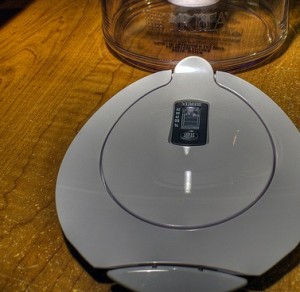
I recently migrated all of my sites to DV-developer hosting over at MediaTemple. This post will walk you through how to do the same.
I’m running Ubuntu 12.04 Linux, which was the default when I signed up. From there, I followed the instructions on this tutorial page to put the AMP in my LAMP stack. In steps 3 and 5 I left the VirtualHost *:80 code at the top of both the default file and each individual site’s file alone, as changing them made all of my sites redirect to the same root.
I also added phpMyAdmin for help taking care of my databases in a graphical sort of way. In order to protect phpMyAdmin access, I edited the file at etc/phpmyadmin/apache.conf, changing line 10
Allow from 127.0.0.1 by putting my IP address in (in place of 127.0.0.1) as the only one where connections are allowed. I got my IP address by visiting icanhazip.com and then I copy/pasted into the apache.conf file.
Note, I don’t have a static IP address, so from time to time I have to go back in and change that file. It’s one extra step in my routine to access phpMyAdmin, but I think it’s worth it.
I’ll detail how I went about optimizing my setup for WordPress in a future post. I’m happy to report a little over two weeks in that my setup is doing GREAT. You can sign up for MediaTemple using my affiliate link by clicking here.





